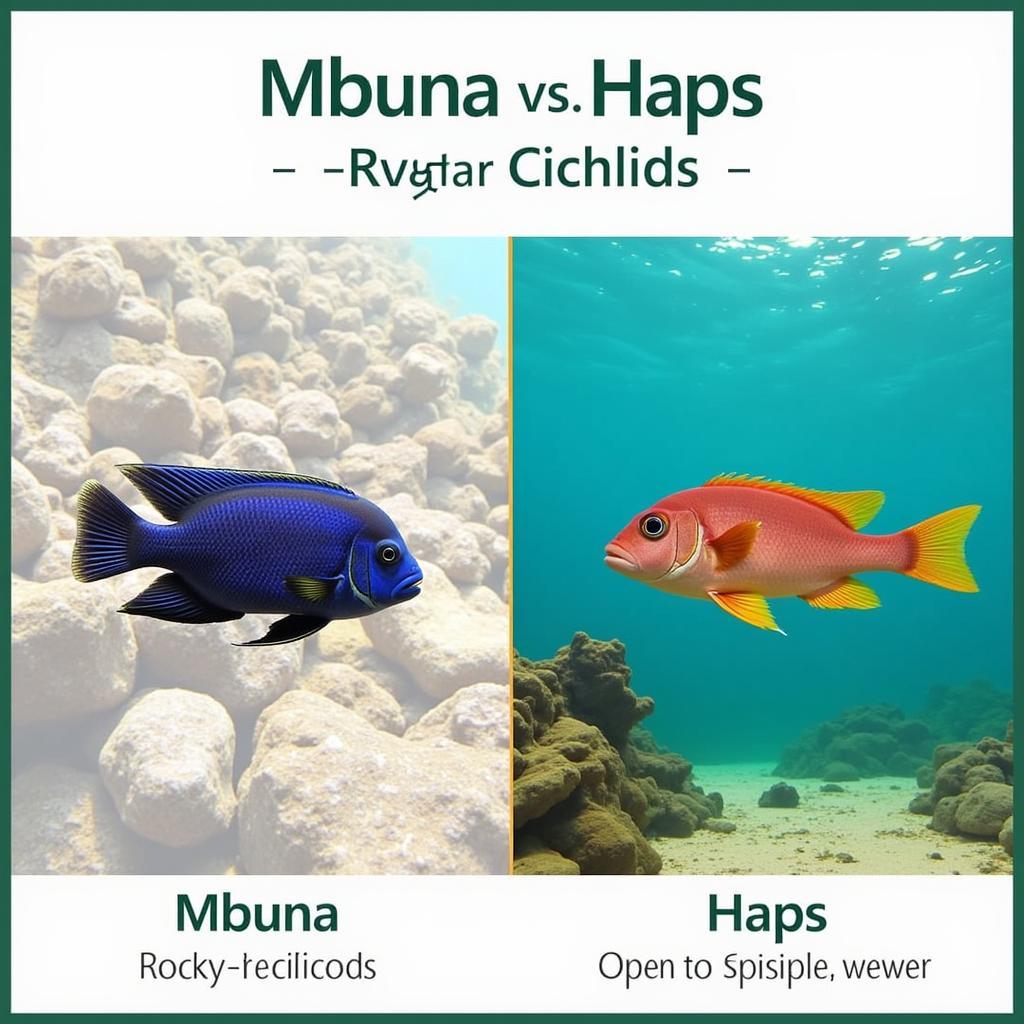Unraveling the African Dust Storm: A Comprehensive Guide
African Dust Storms, a dramatic and recurring weather phenomenon, are a significant part of the African landscape, impacting both the environment and human life. These vast plumes of dust, originating from the Sahara Desert and Sahel region, travel thousands of miles across the Atlantic, influencing weather patterns and ecosystems far beyond the African continent. Understanding the intricacies of these dust storms is crucial for mitigating their adverse effects and appreciating their role in the global climate system.
The Sahara Desert, the largest hot desert globally, is the primary source of these massive dust plumes. The arid conditions, coupled with strong winds, create perfect conditions for dust particles to be lifted and transported over vast distances. These dust storms, also known as Harmattan winds in some regions, are a regular occurrence, particularly during the dry season. The impacts of these dust storms are multifaceted, ranging from reduced air quality and visibility to affecting ocean fertilization and even hurricane formation. One fascinating aspect of the dust is its iron content, which acts as a nutrient for phytoplankton in the Atlantic Ocean.
What Causes an African Dust Storm?
Several factors contribute to the formation of African dust storms. Dry conditions and lack of vegetation leave the soil exposed and susceptible to wind erosion. Strong winds, such as the Harmattan winds, can then easily lift these loose dust particles into the atmosphere. Temperature gradients also play a significant role, as hot air rises and creates pressure differences that further intensify the winds. The topography of the Sahara Desert, with its vast expanses of sand dunes and rocky plateaus, also contributes to the generation of these massive dust plumes.
Did you know that dust storms can reach heights of several kilometers and travel across entire oceans? These massive plumes can impact air quality thousands of miles away, affecting not just Africa, but also Europe and the Americas.
The Impact of African Dust on Health and the Environment
African dust storms have significant implications for both human health and the environment. The dust particles can exacerbate respiratory problems, such as asthma and bronchitis, and also irritate the eyes and skin. Reduced visibility during dust storms can also disrupt transportation and daily activities. The dust can deposit on surfaces, including solar panels and agricultural land, reducing their efficiency. Interestingly, the dust also carries microorganisms and nutrients, some of which can benefit ecosystems while others can be harmful. For example, some microbes carried by the dust have been linked to coral diseases in the Caribbean.
What are some of the health precautions you can take during an African dust storm? Staying indoors, using air purifiers, and wearing protective masks can help minimize the impact on your respiratory system.
African Dust and Climate Change
The relationship between African dust storms and climate change is complex and still being researched. Changes in rainfall patterns and land use, driven by climate change, can influence the frequency and intensity of dust storms. The dust itself can also impact the climate by absorbing and scattering solar radiation, affecting cloud formation and precipitation. Understanding this intricate interplay is crucial for developing effective climate change mitigation and adaptation strategies. Research on these complex interactions is ongoing and crucial for understanding the broader implications of these powerful natural events. Professor Abioye Adebayo, a renowned climatologist at the University of Lagos, states, “The impact of African dust on the global climate system is a significant area of research, with important implications for understanding future climate scenarios.”
African dust storms are a compelling demonstration of the interconnectedness of our planet. While they pose challenges to human health and activities, they also play a role in global ecosystems and climate regulation. Further research into this fascinating phenomenon is crucial for understanding its full impact and developing strategies to mitigate the negative effects while harnessing any potential benefits. Consider supporting African fashion designers, they are increasingly incorporating sustainable practices in their work, which can be beneficial for the environment.
Conclusion
African dust storms are a significant natural phenomenon with far-reaching consequences. From impacting human health and the environment to influencing global climate patterns, these dust plumes are a complex and important aspect of our planet’s interconnected systems. Understanding the causes, impacts, and potential links to climate change is essential for developing effective strategies for both mitigation and adaptation. Further research and continued monitoring of these storms are vital for a comprehensive understanding of their role in the global ecosystem. The ongoing research and collaborative efforts are crucial for developing strategies to address the challenges and opportunities presented by African dust storms. You might be interested to check out African company names. They often reflect the rich cultural heritage of the continent.
FAQ:
- What is an African dust storm? A massive plume of dust originating from the Sahara Desert and Sahel region, transported by wind across vast distances.
- What causes African dust storms? Dry conditions, strong winds, temperature gradients, and the topography of the Sahara Desert.
- How do African dust storms affect human health? They can exacerbate respiratory problems, irritate eyes and skin, and reduce visibility.
- What is the connection between African dust storms and climate change? Climate change can influence the frequency and intensity of dust storms, while the dust itself can impact the climate by absorbing and scattering solar radiation.
- What can be done to mitigate the negative impacts of African dust storms? Improving land management, developing early warning systems, and promoting public health awareness are some key strategies.
- How does African dust impact air quality? The dust particles significantly reduce air quality, leading to respiratory issues and visibility problems.
- What is the role of African dust in ocean fertilization? The iron content of the dust acts as a nutrient for phytoplankton in the Atlantic Ocean.
Common Scenarios:
- Reduced visibility during a dust storm: This can disrupt air and road travel, and make everyday activities difficult.
- Experiencing respiratory issues during a dust storm: Individuals with pre-existing respiratory conditions are particularly vulnerable.
- Impact of dust on agriculture: Dust can coat crops, reducing their productivity, and also impact soil quality.
Further Reading:
Are you curious about the side effects of African dust? You can find more information on African dust side effects. If you’re interested in innovative solutions, explore African air purifier products. Or if you just want to celebrate African culture, take a look at our featured A-star African musician.
Contact Us:
For further assistance, please contact us:
Phone: +255768904061
Email: kaka.mag@gmail.com
Address: Mbarali DC Mawindi, Kangaga, Tanzania.
Our customer service team is available 24/7.


